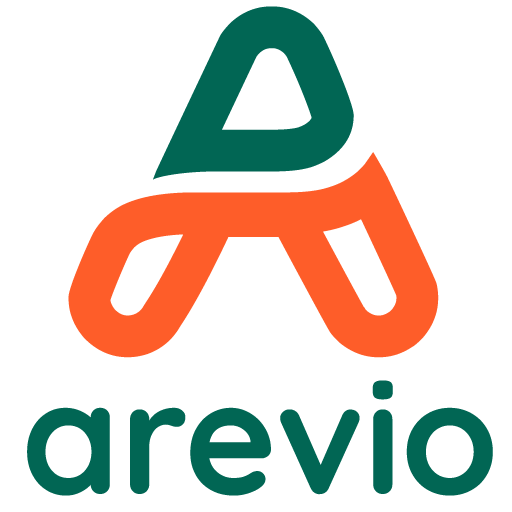Powerful reporting standard with XBRL
The XBRL standard is the international standard for digital reporting of financial and non-financial information (performance, risk, compliance etc.); due to its large variety of specifications, it can be used for many reporting usages. The XBRL standard has important features:
- It is open, XBRL specifications are freely licensed to anyone seeking to use the standard.
- It is designed to build reporting system defined by the business following standardized workflow.
- The XBRL specifications are extensible, it means that you can add your own specifications or your can enrich existing specifications.
In addition to traditional XBRL XML formats, the Open Information Model (OIM) plays a crucial role by offering a flexible, interoperable framework that supports multiple syntaxes for XBRL data exchange. The OIM facilitates reporting in different formats such as:
- XBRL-CSV: A compact and efficient format designed to handle large datasets in tabular form, ideal for high-volume data exchanges. This is the format that will be used for the reporting under DORA.
- XBRL-JSON: A lightweight format suited for web and API-based data interactions, making it easier to integrate XBRL data into modern applications.
- Inline XBRL: Combines XBRL data directly within a human-readable HTML report, providing the benefit of both machine-readable data and user-friendly presentation. This is the format in use for ESEF reporting, and for CSRD reporting.
XBRL provides a way to:
- define unambiguous, reusable definitions
- report individual facts against those definitions
- where necessary (and permitted) extend those definitions to take account of unique reporting ideas or aggregations
- test the resulting report against the constraints set out in the definitions
- file or publish the finished report
- consume entire reports or individual facts as needed
At present, there are no other standards more attractive and powerful for reporting implementation than XBRL and its variations CSV, JSON and Inline within the Open Information Model.
Acsone’s excellence: revealing the best of XBRL to your business
Acsone proficiency is focused on XBRL specifications and solutions for its implementation. Driven by a model-based approach, we are able to establish the harmonious and powerful links between your specific business requirements and its technical implementations.
Here are some paths that we usually investigate:
- Plugins are an efficient way to smooth the gap between business and technologies. Plugins can be implemented around Arelle Open-source project or Arevio software; the arbitrage between Arelle and Arevio can depend on the feature you are looking for; Arevio gives more capabilities for the rendering and the Excel support; it manages in a uniform way the presentation linkbase and the table linkbase; this mitigation of the XBRL data presentation, along with formats like XBRL-CSV or XBRL-Inline from the OIM, makes XBRL more intuitive, more natural.
- Taxonomy extension is another approach; for example, the famous ESEF extension consists of solving the issue of personalizing the structure of your annual report to better reflect your activities; this strategy can be applied to other “personalization”; for example, rubric codes can be added to your taxonomy to include National Standard Chart of Accounts.
Let’s explore how we can collaborate. Book your personalized demo now.
